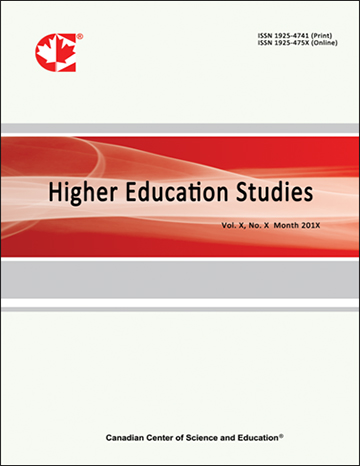Assessing Drone Mapping Capabilities and Increased Cognitive Retention Using Interactive Hands-On Natural Resource Instruction
- Victoria Williams
- Daniel Unger
- David Kulhavy
- IKuai Hung
- Yanli Zhang
Abstract
The use of Unmanned Aerial Systems (UAS), also known as drones, is increasing in geospatial science curricula within the United States. Four geospatial science faculty members within the Arthur Temple College of Forestry and Agriculture at Stephen F. Austin State University (SFASU), Texas, focus on applying imagery obtained from drones to map, monitor, and quantify natural resources. To produce society-ready foresters, natural resource managers, and environmental scientists, the geospatial science faculty employ an intensive one-on-one hands-on interactive approach in training future resource management professionals in how to effectively apply drone technology within natural resource endeavors. In particular, recent instruction has focused on training students how to evaluate the amount of overlap and sidelap percentages required within a drone flight to create the optimum orthophoto mosaic. Results indicate that the one-on-one interactive methodology employed by faculty at SFASU produce highly qualified drone pilots capable of providing the drone community with new insights on how to produce accurate orthophoto mosaics in a timely and efficient manner.
- Full Text:
 PDF
PDF
- DOI:10.5539/hes.v13n2p28
Index
- AcademicKeys
- CNKI Scholar
- Education Resources Information Center (ERIC)
- Elektronische Zeitschriftenbibliothek (EZB)
- EuroPub Database
- Excellence in Research for Australia (ERA)
- Google Scholar
- InfoBase
- JournalSeek
- Mendeley
- Open Access Journals Search Engine(OAJSE)
- Open policy finder
- Scilit
- Ulrich's
- WorldCat
Contact
- Sherry LinEditorial Assistant
- hes@ccsenet.org
